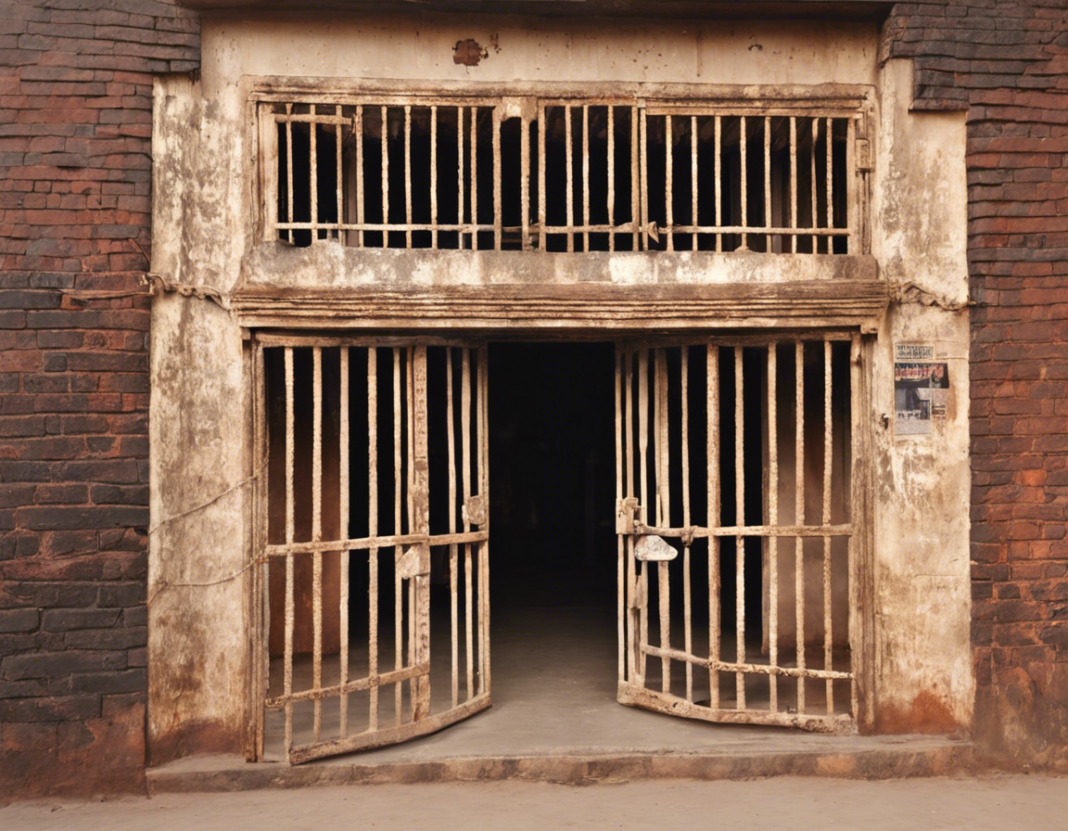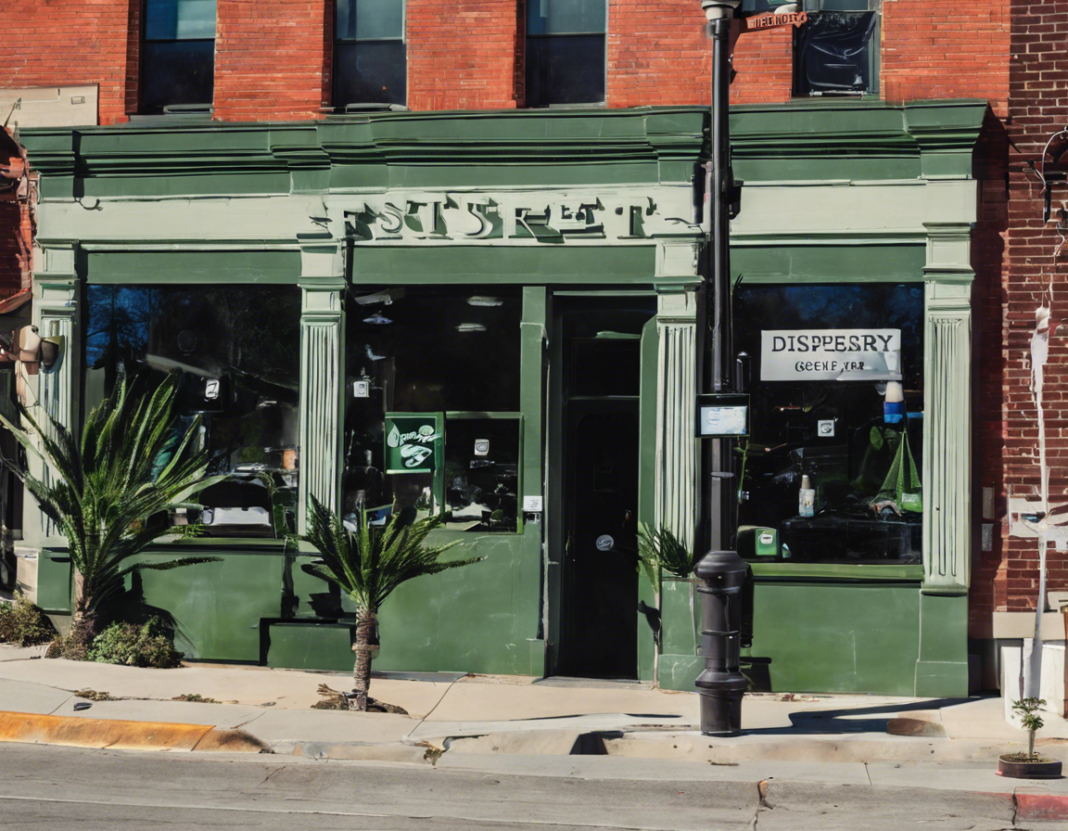Introduction
Kala Pani Jail, or the Cellular Jail, situated in the Andaman Islands, is a grim reminder of India’s struggle for independence and the atrocities committed by the British colonial rulers. The name “Kala Pani” itself evokes a sense of dread and despair, as it translates to “Black Waters” in Hindi, symbolizing the isolation and brutality faced by the prisoners held captive in this notorious prison. Let us delve into the dark past of Kala Pani Jail, exploring its history, significance, and the untold stories of suffering and resilience that lie within its walls.
History of Kala Pani Jail
Kala Pani Jail was constructed between 1896 and 1906 by the British administration to incarcerate political prisoners and rebels who posed a threat to their rule in India. The remote location of the Andaman Islands, surrounded by the treacherous waters of the Bay of Bengal, made it an ideal site for the establishment of a high-security prison where escape was nearly impossible. The design of the jail, with its seven wings radiating from a central watchtower, allowed for constant surveillance of the inmates and prevented any form of communication among them.
Life Inside the Cellular Jail
The conditions inside Kala Pani Jail were deplorable, with prisoners subjected to inhuman treatment and extreme forms of punishment. The inmates were forced to perform hard labor in grueling conditions, breaking stones, and performing other backbreaking tasks under the scorching sun. They were poorly fed, with inadequate medical care, and suffered from diseases and malnutrition. The isolation and solitude of the cellular confinement inflicted severe psychological trauma on the prisoners, driving many to the brink of insanity.
Resistance and Resilience
Despite the harsh and oppressive regime imposed on them, the inmates of Kala Pani Jail exhibited remarkable courage and resilience in the face of adversity. They found ways to communicate secretly, tapping on walls to send messages, and devising codes to outsmart the prison authorities. The spirit of resistance was kept alive through songs, poetry, and stories of freedom, inspiring hope among the prisoners and keeping their struggle alive.
Notable Inmates
Several prominent freedom fighters and revolutionaries were imprisoned at Kala Pani Jail for their roles in the fight against British colonial rule. Among them were leaders like Veer Savarkar, Batukeshwar Dutt, and Vinayak Damodar Savarkar, who endured years of confinement and torture but never wavered in their commitment to the cause of independence. Their experiences inside the Cellular Jail became legendary, symbolizing the indomitable spirit of the freedom struggle.
Legacy and Remembrance
Today, Kala Pani Jail stands as a national memorial and a symbol of India’s journey from colonial subjugation to independence. The Cellular Jail serves as a reminder of the sacrifices made by countless freedom fighters who laid down their lives for the future generations. Visiting the jail, with its stark cells and chilling gallows, evokes a sense of reverence and reflection on the tumultuous history of the Indian independence movement.
The Dark Shadows of Kala Pani Jail
The legacy of Kala Pani Jail is shrouded in darkness, with tales of horror and suffering etched into its walls. The cries of agony and despair of the prisoners who languished within its confines still echo through the corridors, haunting all who dare to tread its grim paths. The atrocities committed in the name of colonial rule serve as a grim reminder of the brutality and inhumanity that defined the era of British imperialism.
Conclusion
Kala Pani Jail remains a poignant symbol of India’s struggle for freedom and the resilience of the human spirit in the face of oppression. The stories of sacrifice and courage that emanate from its walls continue to inspire generations, reaffirming the values of justice, liberty, and dignity. As we reflect on the dark past of Kala Pani Jail, let us remember the heroes who suffered within its walls and honor their memory by upholding the ideals of freedom and justice for all.
Frequently Asked Questions (FAQs)
- What was the significance of Kala Pani Jail in India’s independence movement?
-
Kala Pani Jail played a crucial role in suppressing the Indian freedom struggle by incarcerating prominent leaders and activists who posed a threat to British colonial rule.
-
How were the inmates treated at Kala Pani Jail?
-
The prisoners at Kala Pani Jail were subjected to harsh living conditions, forced labor, and brutal punishments, leading to physical and psychological trauma.
-
Who were some of the notable inmates of Kala Pani Jail?
-
Veer Savarkar, Batukeshwar Dutt, and Vinayak Damodar Savarkar were among the famous freedom fighters who were imprisoned at Kala Pani Jail for their roles in the independence movement.
-
What is the current status of Kala Pani Jail?
-
Kala Pani Jail is now a national memorial and a popular tourist attraction, preserving the history of India’s struggle for independence and honoring the memory of the freedom fighters who were incarcerated there.
-
How can visitors pay homage to the inmates of Kala Pani Jail?
-
Visitors can explore the jail’s exhibits, attend educational programs, and participate in commemorative events to learn about the sacrifices and struggles of the individuals who were imprisoned at Kala Pani Jail.
-
What was the impact of Kala Pani Jail on the psyche of the prisoners?
-
The isolation, solitude, and harsh conditions at Kala Pani Jail had a severe impact on the mental health of the inmates, leading to depression, anxiety, and in some cases, insanity.
-
How does Kala Pani Jail contribute to the collective memory of India’s independence movement?
-
Kala Pani Jail serves as a symbol of the sacrifices made by the freedom fighters and as a reminder of the struggles endured by those who fought against colonial oppression.
-
What role did Kala Pani Jail play in shaping the course of India’s independence movement?
-
The imprisonment of key leaders and activists at Kala Pani Jail galvanized the resistance against British rule, inspiring unity and determination among the proponents of independence.
-
How has the narrative of Kala Pani Jail evolved over the years?
-
The perception of Kala Pani Jail has shifted from a place of fear and despair to a symbol of courage, sacrifice, and resilience, highlighting the enduring legacy of India’s freedom struggle.
-
In what ways does Kala Pani Jail continue to impact Indian society and culture today?
- Kala Pani Jail serves as a site of remembrance, education, and reflection, fostering a deeper understanding of India’s history and the struggles faced by its freedom fighters in their quest for independence.

